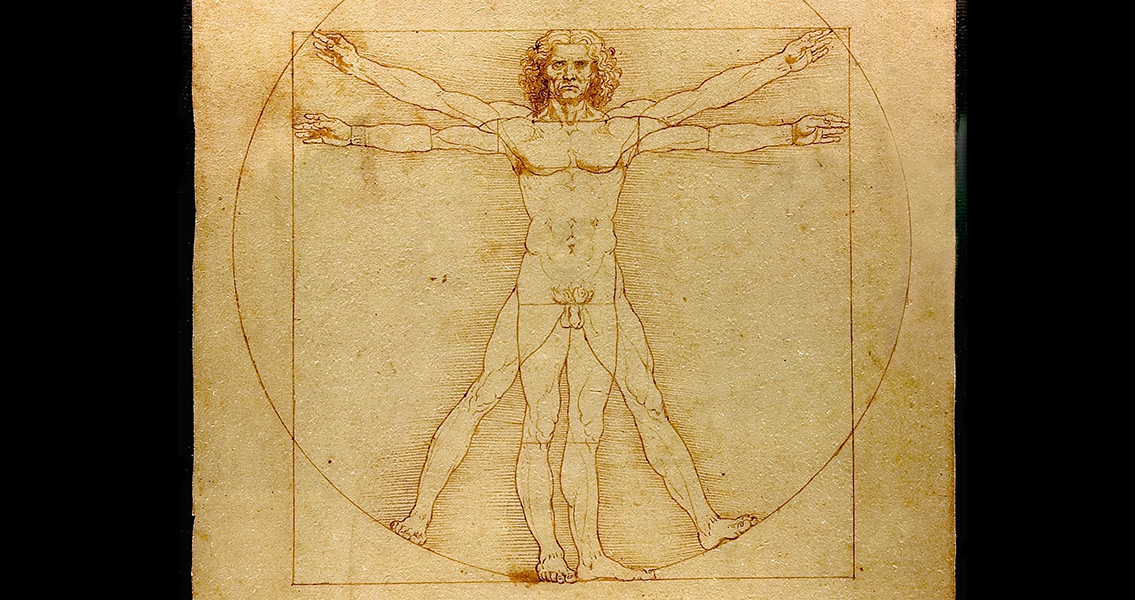<![CDATA[A new research study into ancient fossils discovered in northern Spain has revealed that there have been four main stages when it comes to the evolution of the shape and size of the human body. An international team of research scientists which included Rolf Quam, an anthropologist from Binghamton University, studied the body shape and size of 430,000 year old fossils collected from the Sima de los Huesos, a site located in northern Spain in the Sierra de Atapuerca. The site is known internationally as the most voluminous collection of fossilized human remains found so far, and the research team discovered that the humans living in Atapuerca had significant differences when it came to Neanderthals; their brain mass was decreased relative to body mass, and their bodies were relatively muscular, wide and tall. Many anatomical features were shared between later Neanderthals and the Atapuerca humans that are not found in modern humans, according to researchers, with additional analysis of the skeletal remains non-inclusive of the skull indicating that these ancient humans were close evolutionary cousins of Neanderthals. In a press release from Binghamton University, Quam stated that he found the close relationship between the Atapuerca humans and Neanderthals interesting, as it makes the suggestion that humanity’s evolutionary process has been characterized largely by very little in the way of change in the form of our bodies for the lion’s share of the evolutionary history of our genus. When viewed through the lens of the rest of humanity’s fossil record, the Atapuerca remains suggest that human body evolution has gone through four core stages that depend on two main concepts: how much time our ancestors spent living in trees as arboreal primates and how much time they spent walking around on the ground on just two legs as modern humans do today. In the case of the Atapuerca fossils, these early human were in the third stage of evolutionary development, which was characterized by a complete lack of arboreal behavior and instead featured exclusively terrestrial ambulation on two feet and robust, wide and tall bodies. The body form of the Atapuerca humans was likely common to many other close relatives like Neanderthals and even earlier members such as Homo erectus – the researchers say that this body type seems to have been prevalent for around a million years or so. The fourth body stage in human evolution is the one we currently inhabit – the narrower, taller, and lighter form that Homo sapiens possess. The authors of the new study have made the suggestion that the Atapuerca humans might be an excellent resource for visualizing the general shape of the human body as it existed for around a million years before modern humanity emerged and rose to the evolutionary prevalence it enjoys today. For more information: www.pnas.org ]]>
New Research Shows Four Main Stages of Human Evolution
